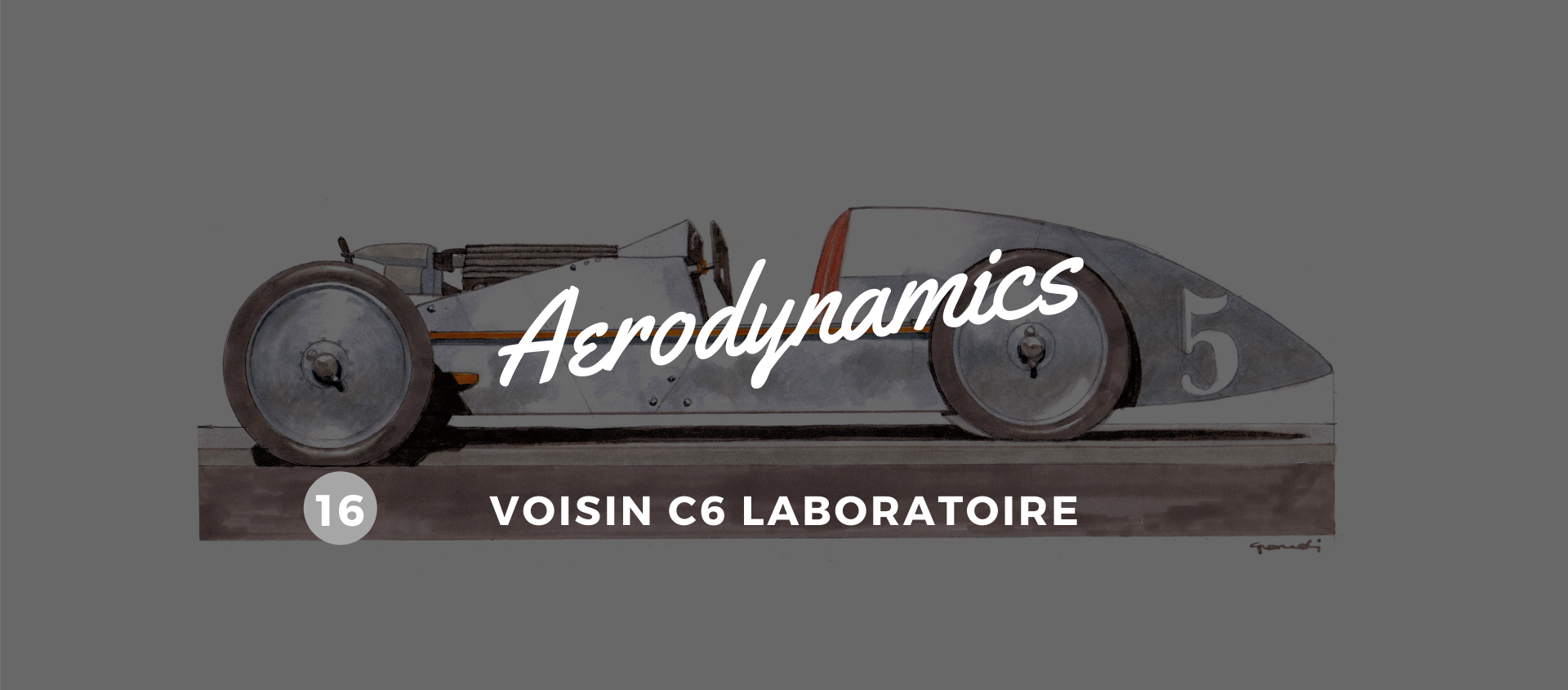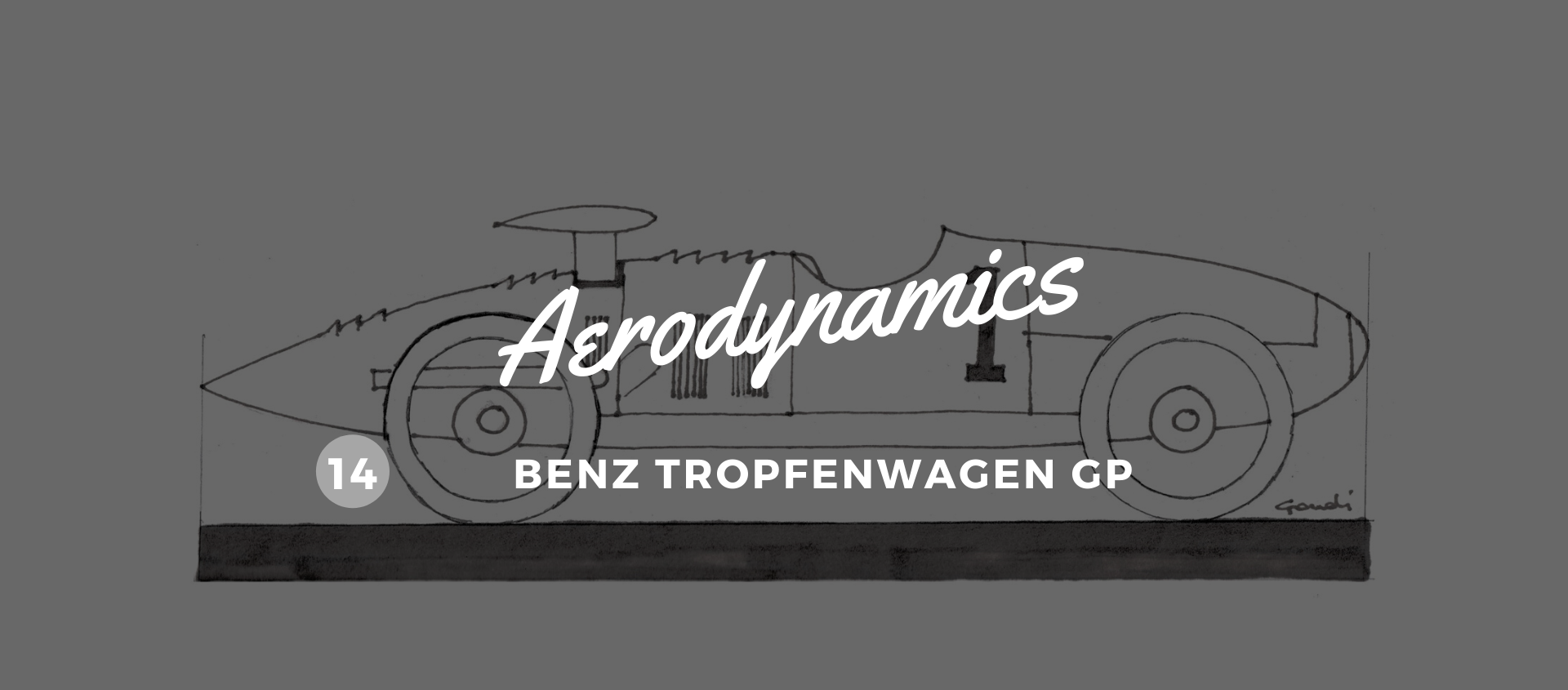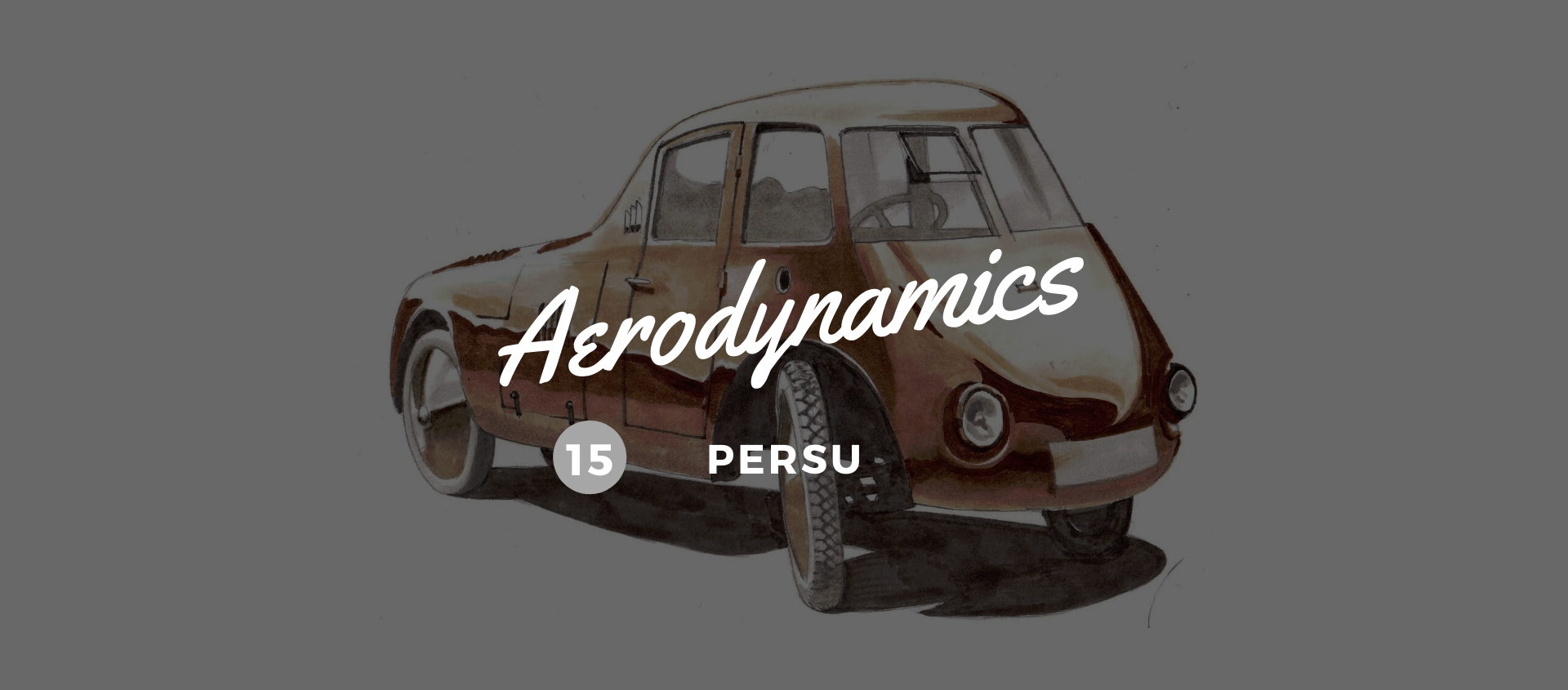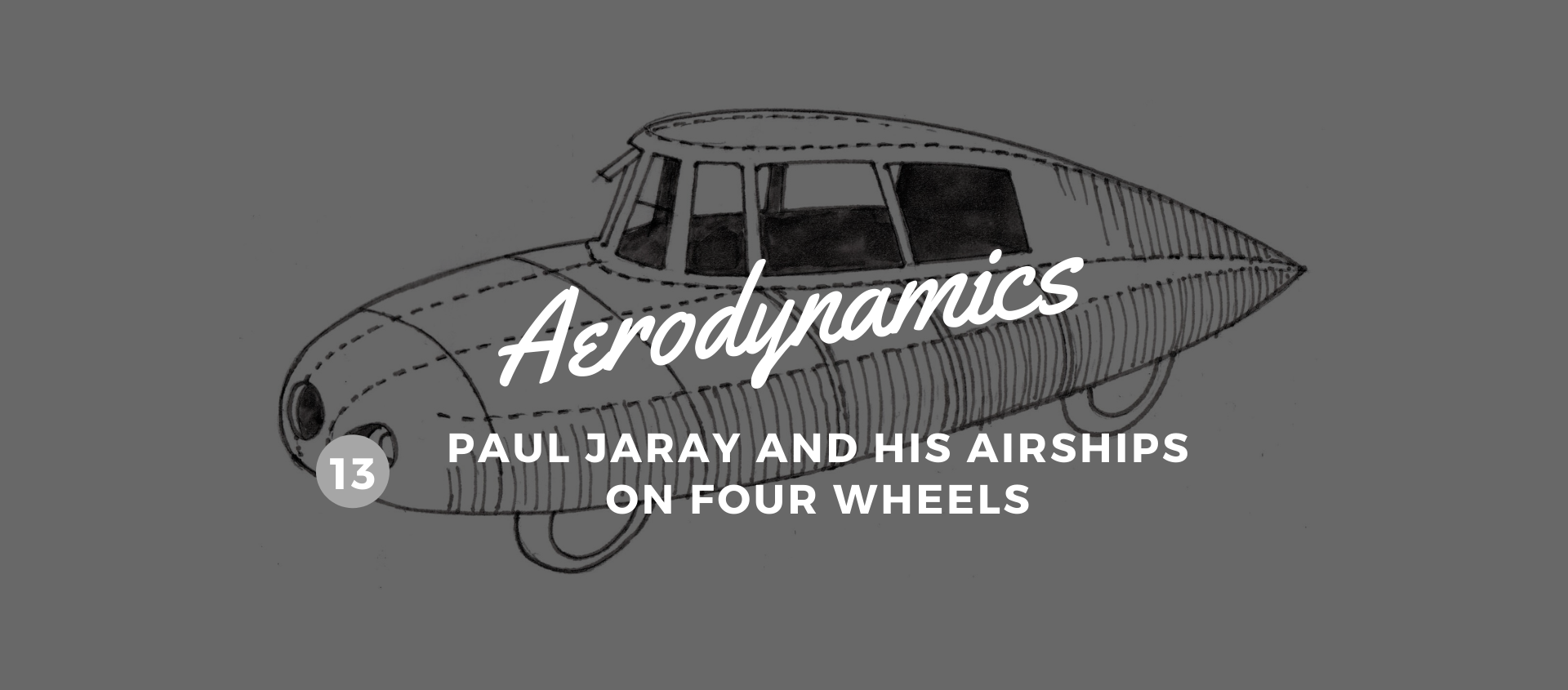1923. A war child: the Voisin C6 Laboratoire
25 May 2020 1 min read 4 images

Gabriel Voisin made his name and fortune building airplanes during World War I. These were highly innovative planes, being built entirely in aluminum, and not with canvas for the wings and fuselage like others of the time. Keen to exploit his experience with light alloys, after the war, Voisin was drawn to the automobile market. There he found a tough rival in Ettore Bugatti, whose splendid cars boasted performance levels that more than matched their esthetic appeal.
Register to unlock this article
Signing up is free and gives you access to hundreds of articles and additional benefits. See what’s included in your free membership. See what's included in your free membership.
Already have an account? Log In


